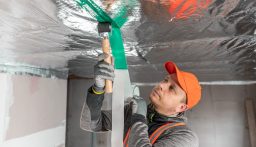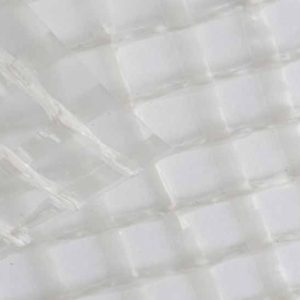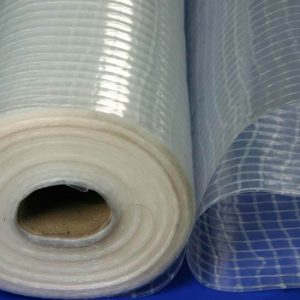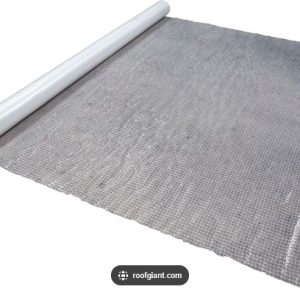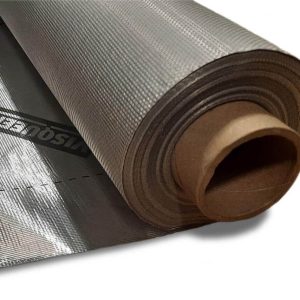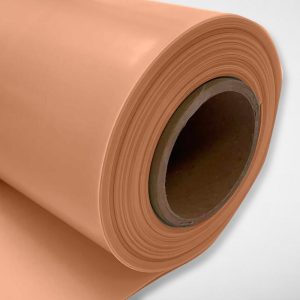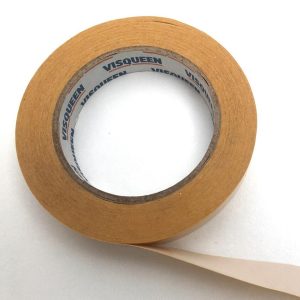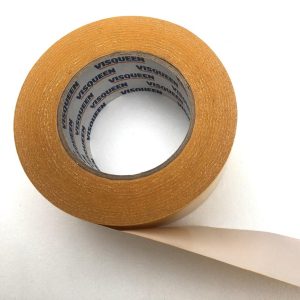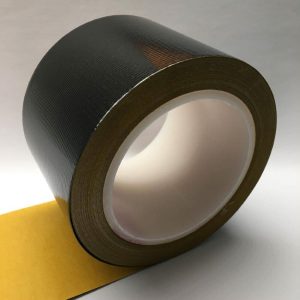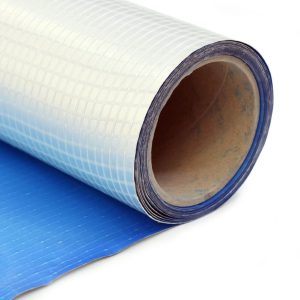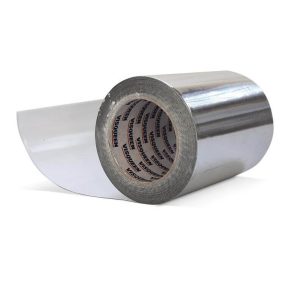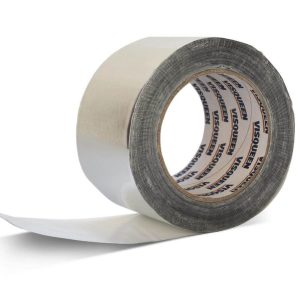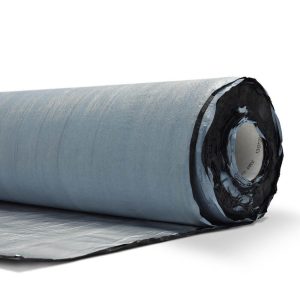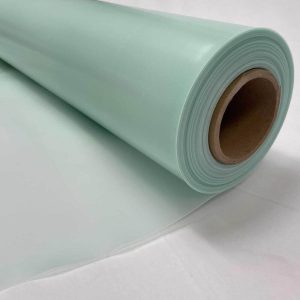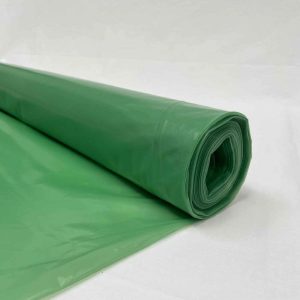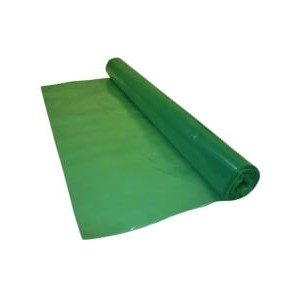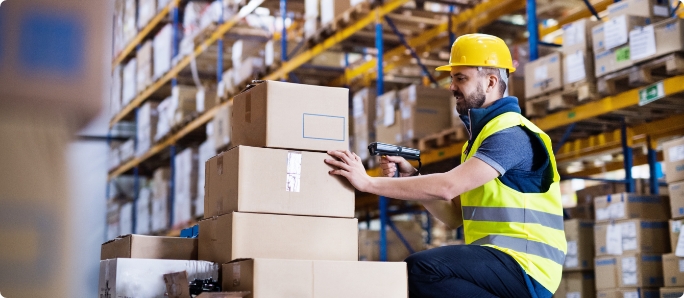Building Membranes
Showing all 16 results
Shop all Building Membranes Products
-
Rated 0 out of 5
Visqueen FR Double Sided Vapour Tape – 20mm x 50m White
£31.88 incl. VAT£26.57 excl. VAT -
Rated 0 out of 5
Visqueen FR Single Sided Vapour Tape – 50mm x 50m White
£37.68 incl. VAT£31.40 excl. VAT -
Rated 0 out of 5
Visqueen High Performance Foil Line Vapour Barrier – 2m x 50m
£571.19 incl. VAT£475.99 excl. VAT -
Rated 0 out of 5
Visqueen Pro Single Sided Vapour Edge Tape – 150mm x 15m
£96.29 incl. VAT£80.24 excl. VAT -
Rated 0 out of 5
Visqueen Pro Single Sided Vapour Tape – 75mm x 15m
£49.21 incl. VAT£41.01 excl. VAT -
Rated 0 out of 5
Visqueen Self Adhesive Fully Bonded Vapour Barrier – 1m x 20m
£260.68 incl. VAT£217.23 excl. VAT -
Rated 0 out of 5
Visqueen Vapour Barrier 2m x 50m Single Wound Sheet 300mu
£214.16 incl. VAT£178.47 excl. VAT
Showing all 16 results
